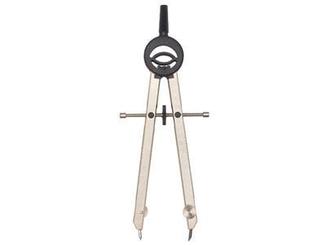|
with Ed Insel Engineering Drawings This week, we started by reviewing the job types they came up with after reading the Stratfor article on climate change. They did a good job. The purpose was to expand their thinking about 1) areas where engineering meets science/society and 2) how a basic understanding of science and math can help even non-technical workers become more valuable to their employers and even transition into other important areas. Our topic this week was engineering drawings and how ideas for new objects can be turned into real parts (traditional drafting, computer-aided design, machining, and 3D printing). I gave the students a set of drafting triangles and a compass and we practiced changing isometric drawings into front, top, and side views. We discussed line types, paper sizes, and dimensioning.  We will discuss Project Management next week and that should wrap up our coverage of the fundamental tools used in all of engineering. Then we’ll be on to the study of specific technologies. I will be asking the students to begin bringing current events and think about the project they want to pursue for the semester. More on this in next week’s wrap-up! Homework for Next SessionThere are two problems at the end of the packet we didn’t get to. The first involves creating front, top, and side views from an isometric view. The second covers dimensioning. I’ve asked the students to try these on their own and then I will send my solutions to them by email on Friday so they can check their work. They also each brought home a randomly shaped foam object. They are to draw and dimension front, side, top, and isometric views of their object. ADVANCED TOPIC – “LINEARIZATION” This information is strictly optional for students who want to understand more about the close relations between math and physics. We do not cover it in class but I’m happy to help anyone interested. An advanced concept called “linearization” appears on AP exams. You take an equation like the one for the period of a pendulum and re-arrange it into the form of an equation y=n.
Comments are closed.
|
Categories
All
Archives
May 2016
|






 RSS Feed
RSS Feed